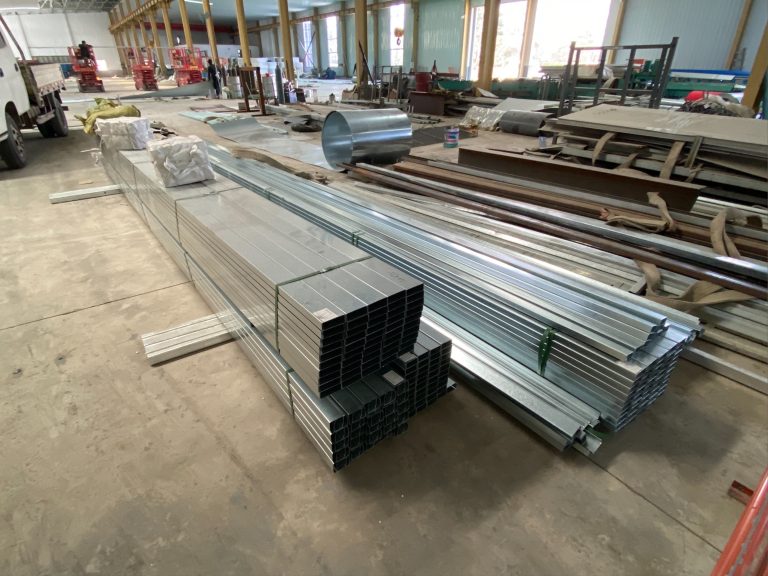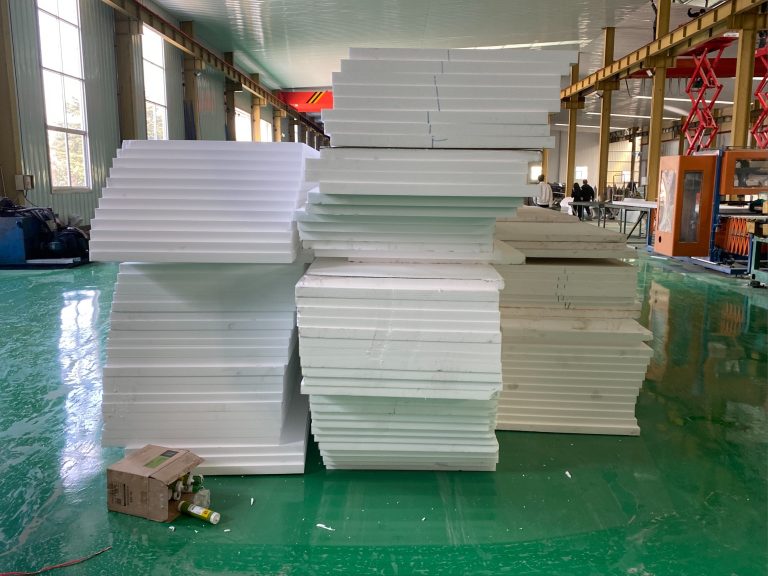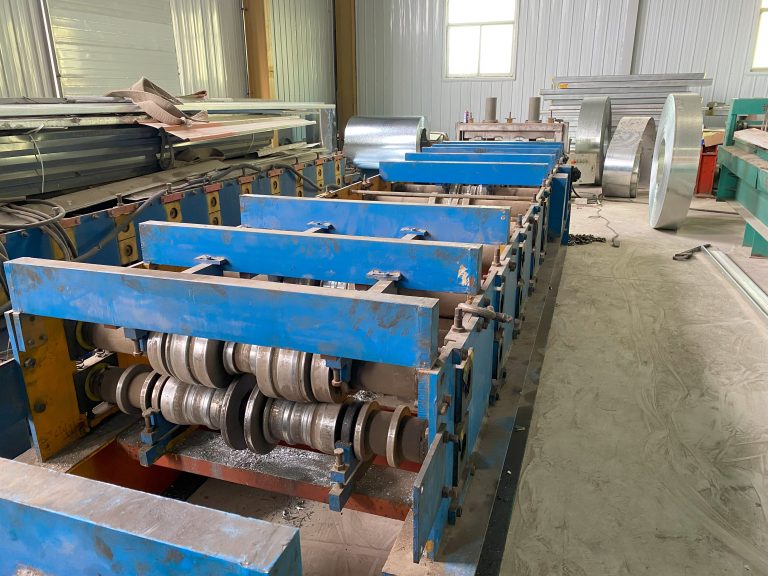Structural Steel Cost-Effectiveness
Advantages of Using Structural Steel in Construction Projects
Structural steel is a versatile and cost-effective material that is commonly used in construction projects. Its popularity stems from its numerous advantages, making it a preferred choice for builders and architects alike. In this article, we will explore the benefits of using structural steel in construction projects and why it is considered a cost-effective option.
One of the key advantages of structural steel is its strength and durability. Steel is known for its high tensile strength, which means it can withstand heavy loads and extreme weather conditions. This makes it an ideal material for constructing buildings, bridges, and other structures that need to support significant weight. Additionally, steel is resistant to corrosion, fire, and pests, making it a long-lasting and low-maintenance option for construction projects.

Another advantage of using structural steel is its versatility. Steel can be easily fabricated into different shapes and sizes, allowing for greater design flexibility. This flexibility enables architects to create unique and innovative structures that may not be possible with other materials. Additionally, steel can be recycled and reused, making it a sustainable choice for environmentally conscious builders.
In terms of cost-effectiveness, structural steel offers several benefits that can help reduce overall construction costs. Steel is a lightweight material, which means it requires less foundation support compared to heavier materials like concrete. This can result in lower foundation costs and a faster construction timeline. Additionally, steel structures are prefabricated off-site, reducing labor costs and minimizing construction waste. These factors contribute to overall cost savings for construction projects using structural steel.
Furthermore, steel structures are easy to maintain and repair, reducing long-term maintenance costs. Steel is a durable material that requires minimal upkeep, saving time and money for building owners. In the event of damage or wear, steel components can be easily replaced or repaired, extending the lifespan of the structure and avoiding costly renovations.
Structural steel also offers energy efficiency benefits, which can lead to long-term cost savings for building owners. Steel structures can be designed to maximize natural light and ventilation, reducing the need for artificial lighting and heating. Additionally, steel roofs and walls can be insulated to improve energy efficiency and reduce heating and cooling costs. These energy-saving features make structural steel a sustainable and cost-effective choice for construction projects.
In conclusion, structural steel is a cost-effective and versatile material that offers numerous advantages for construction projects. Its strength, durability, and design flexibility make it a preferred choice for builders and architects looking to create innovative and sustainable structures. The cost savings associated with steel construction, along with its energy efficiency and low maintenance requirements, make it a smart investment for building owners. Overall, structural steel is a reliable and cost-effective option for a wide range of construction projects.






